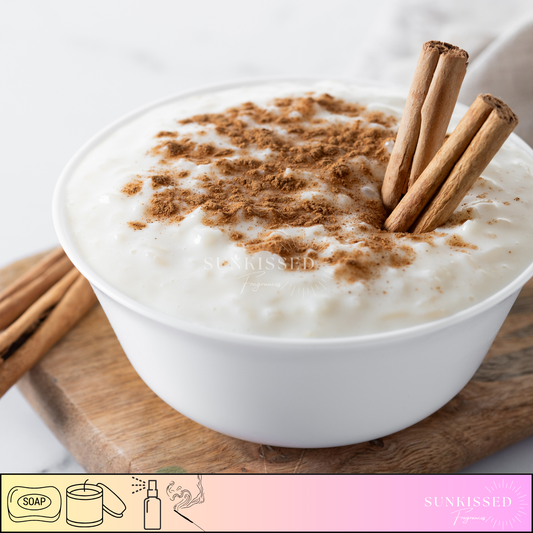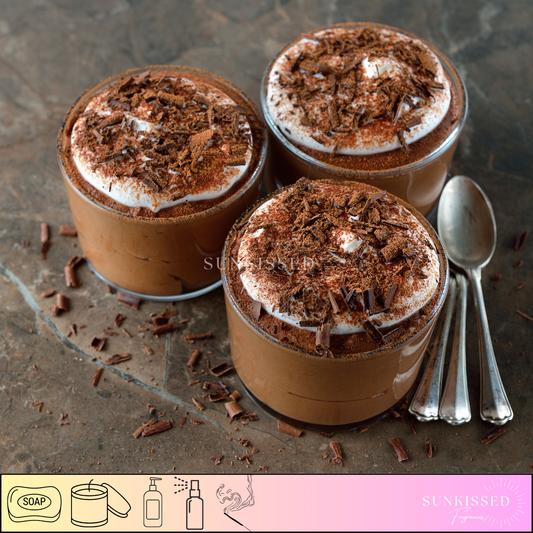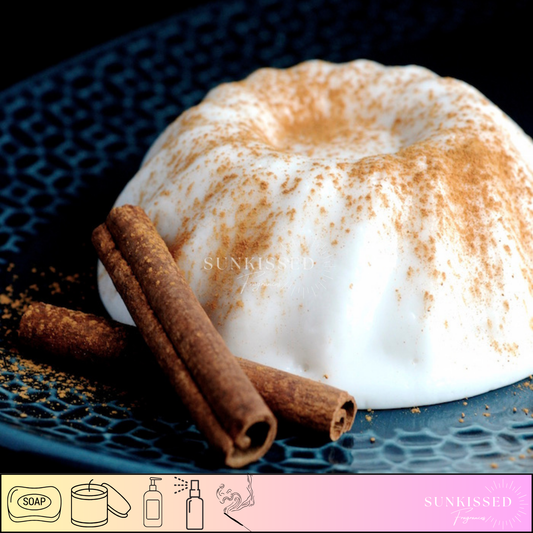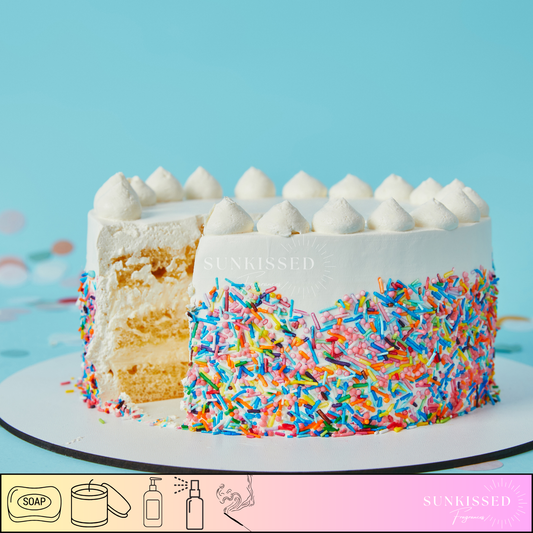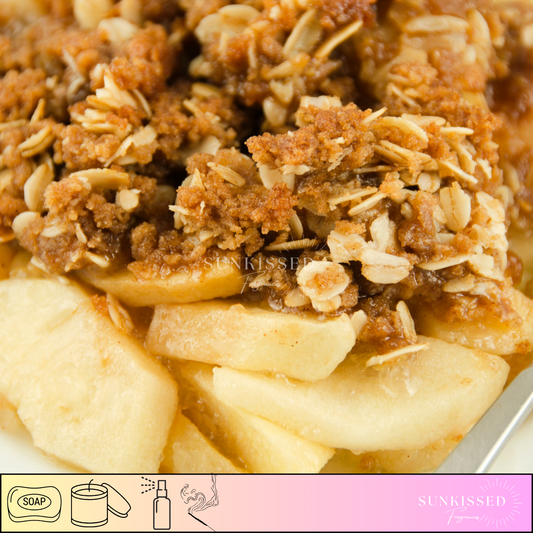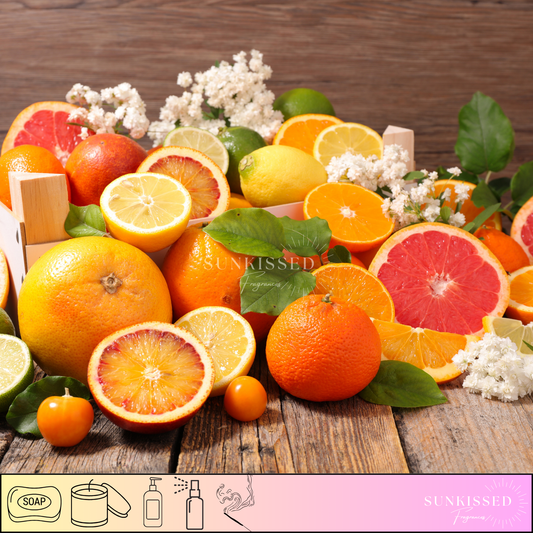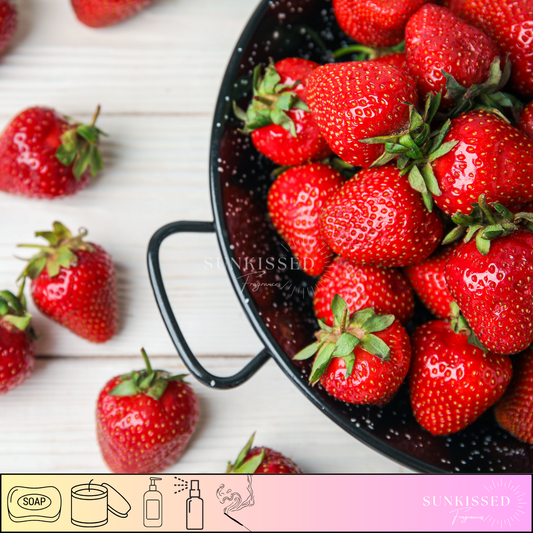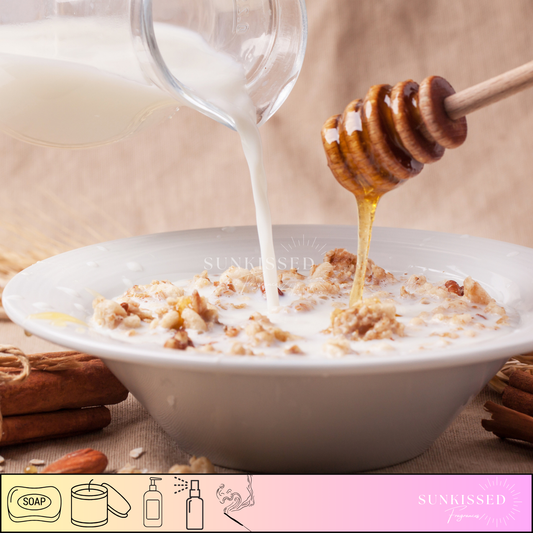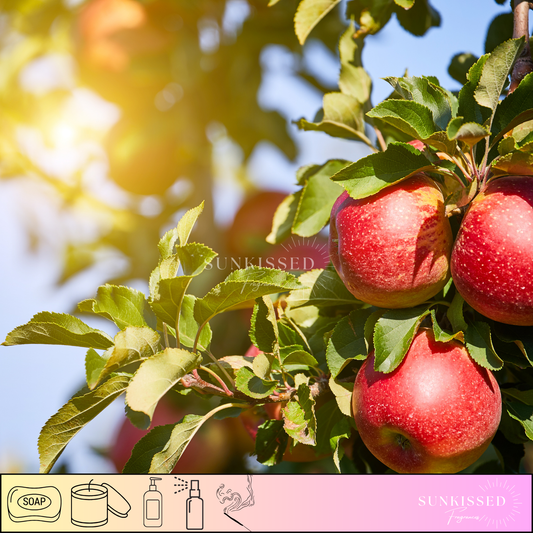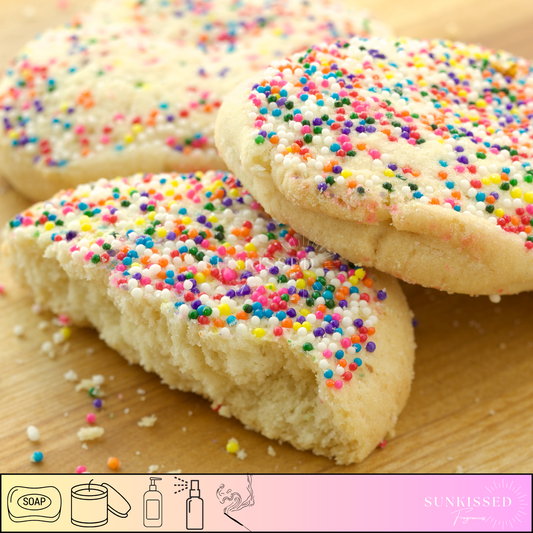
🚀 How to Optimize Your Website for Conversions
Your website is the digital storefront of your business, and it has one main job: to convert visitors into customers. Whether you're running an e-commerce shop or a service-based business, optimizing your website for conversions can significantly increase your revenue and make sure you're getting the most out of your web traffic.
But how do you make sure your site is primed to convert? Let’s break it down with actionable strategies that will help turn visitors into loyal customers.
🎯 1. Clear & Compelling Call-to-Action (CTA)
One of the easiest ways to boost conversions is by having clear and compelling calls-to-action (CTAs). CTAs guide your website visitors on what action to take next, whether it’s making a purchase, signing up for a newsletter, or contacting you for more information.
- Use Action-Oriented Language: Phrases like “Shop Now,” “Get Started,” “Join Us,” and “Buy Today” create urgency and tell the visitor exactly what to do.
- Be Visible: Place CTAs in prominent positions on your pages, such as the top of the homepage, at the end of product descriptions, and throughout the checkout process.
- Limit Choices: Too many CTAs can confuse visitors. Limit your options to the most important actions and make them easy to find.
Tip: Experiment with CTA placement and language using A/B testing to see what works best for your audience.
📱 2. Mobile Optimization is a Must
In today’s world, more and more customers are shopping from their smartphones. In fact, mobile traffic now accounts for over half of all website traffic. If your website isn’t optimized for mobile, you could be losing potential sales.
Here’s how to make sure your site works on mobile:
- Responsive Design: Your site should automatically adjust to fit different screen sizes. Test it on various devices to make sure it looks great everywhere.
- Fast Loading Speed: Mobile users are more likely to abandon a slow-loading site. Aim for load times of 3 seconds or less.
- Simplified Navigation: Make it easy for mobile visitors to navigate by using simple, clear menus and large clickable buttons.
Tip: Tools like Google Mobile-Friendly Test can help you assess your website’s mobile optimization.
🛒 3. Simplify the Checkout Process
One of the biggest hurdles to conversions is a complicated checkout process. The more steps involved, the more likely visitors are to abandon their cart.
Here’s how to make the checkout process as smooth as possible:
- Minimize Form Fields: Only ask for the information you absolutely need. The fewer fields, the better.
- Guest Checkout Option: Offer customers the option to check out as a guest instead of forcing them to create an account.
- Progress Indicators: Show customers where they are in the checkout process, especially if there are multiple steps.
- Offer Multiple Payment Options: Provide various payment methods such as credit cards, PayPal, and digital wallets to accommodate different preferences.
Tip: If your checkout process has a lot of steps, consider using one-click checkout to speed up the process.
💡 4. Optimize Your Product Pages
Your product pages are where the magic happens. To increase conversions, you need to make sure your visitors can easily understand what you’re offering and why it’s worth buying.
- High-Quality Images: Show multiple, high-resolution images of your products from different angles. Consider including a zoom feature or 360-degree view.
- Clear Descriptions: Write clear, detailed product descriptions that answer any questions customers might have. Focus on the benefits of the product, not just the features.
- Social Proof: Display customer reviews, testimonials, or ratings to build trust and encourage others to buy.
- Add Urgency: Use phrases like “Limited stock available” or “Sale ends soon” to create urgency.
Tip: If possible, include video content showing the product in action, as video can significantly increase conversions.
⚡ 5. Speed Matters
Website speed is critical for conversions. Slow-loading pages can frustrate users and cause them to leave before making a purchase.
- Compress Images: Large image files can slow down your website. Compress them without sacrificing quality to improve load times.
- Use Caching: Enable caching so that repeat visitors don’t have to load everything from scratch.
- Minimize HTTP Requests: Reduce the number of elements (like images and scripts) that your site loads when a page is visited.
Tip: Use tools like Google PageSpeed Insights to check your site’s speed and get recommendations for improvement.
📧 6. Email Capture and Follow-Up
If a visitor isn’t ready to buy immediately, don’t lose them! Implementing an email capture strategy can help you stay in touch and nurture leads over time.
- Exit-Intent Popups: Offer a discount or incentive via a popup when a user tries to leave your site. This can help capture an email before they bounce.
- Offer Incentives: Give visitors a reason to sign up, such as a discount on their first purchase or exclusive content.
- Follow-Up Emails: Use automated email campaigns to follow up with abandoned carts, offer additional discounts, or introduce new products to keep customers engaged.
Tip: Make sure your follow-up emails are personalized based on the customer’s browsing history or purchase behavior.
🧑🤝🧑 7. Build Trust with Security Features
Online shoppers are wary about sharing personal and payment information. If your website lacks trust signals, potential customers may hesitate to complete a purchase.
- SSL Certificate: Ensure your website has an SSL certificate (indicated by “https” and a padlock symbol), which secures user data and builds trust.
- Privacy Policy & Terms of Service: Clearly display your privacy policy and terms of service to reassure visitors that their data is protected.
- Accept Recognized Payment Methods: Offering trusted payment options like PayPal, Stripe, and major credit cards helps build credibility.
Tip: Adding customer trust badges, like “Verified by Visa” or “Secured Payment,” can further ease potential customers’ concerns.
🌞 A Note from Sun Kissed Fragrances
At Sun Kissed Fragrances, we’ve worked hard to ensure our website is optimized for both performance and conversions. From easy navigation to secure payment options, we strive to make shopping a seamless experience for our customers. We know that every detail matters, and that’s why we’re constantly improving our site to serve you better! 🌸
Final Thoughts 💬
Optimizing your website for conversions isn’t a one-time fix; it’s an ongoing process of testing, analyzing, and improving. By making small changes and focusing on the user experience, you can significantly increase your conversion rates and turn your website into a powerful sales tool.
So, get ready to fine-tune your website—because when your site is optimized for conversions, success is just a click away! 🚀
📌 5 Blog Tags:
- #WebsiteOptimization
- #ConversionRateOptimization
- #EcommerceTips
- #SmallBusinessGrowth
- #DigitalMarketing


